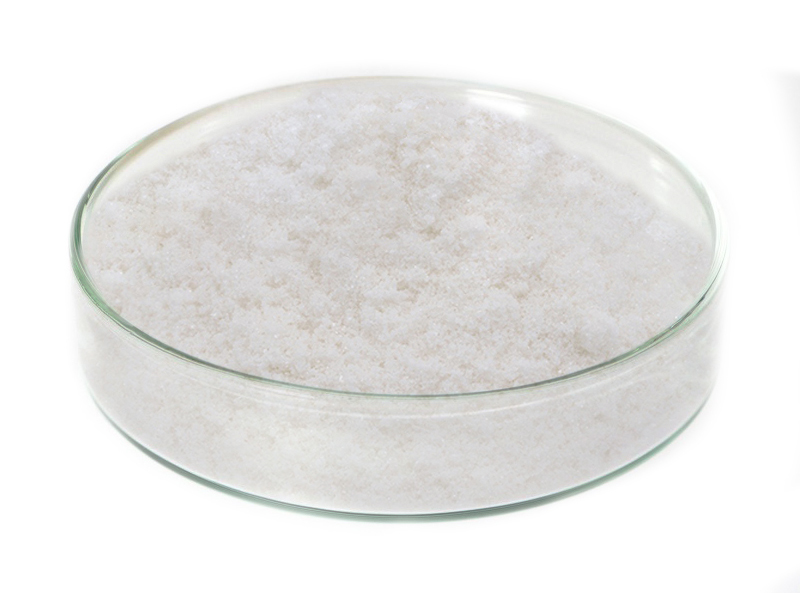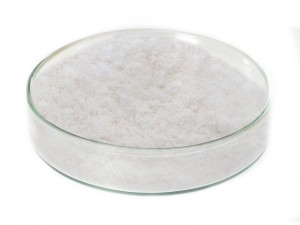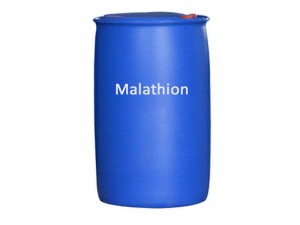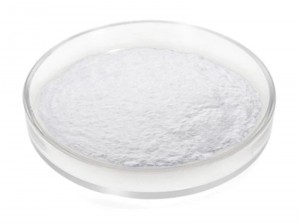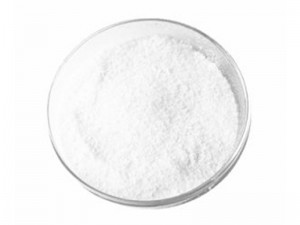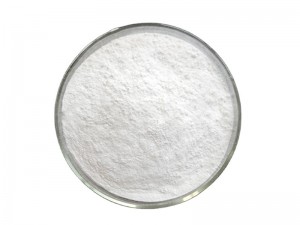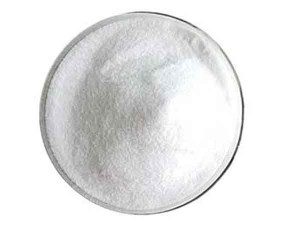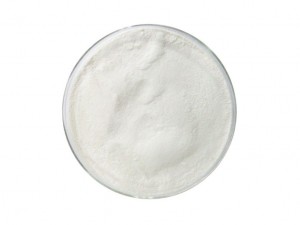Thiamethoxam
Thiamethoxam, Technical, Tech, 95% TC, 96% TC, 97% TC, 98% TC, Pesticide & Insecticide
Specification
| Common Name | Thiamethoxam |
| IUPAC Name | 3-(2-chloro-1,3-thiazol-5-ylmethyl)-5-methyl-1,3,5-oxadiazinan-4-ylidene(nitro)amine |
| Chemical Abstracts Name | 3-[(2-chloro-5-thiazolyl)methyl]tetrahydro-5-methyl-N-nitro-4H-1,3,5-oxadiazin-4-imine |
| CAS No. | 153719-23-4 |
| Molecular Formula | C8H10ClN5O3S |
| Molecular Weight | 291.71 |
| Molecular Structure | 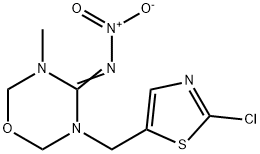 |
| Specification | Thiamethoxam, 95% TC, 96% TC, 97% TC, 98% TC |
| Form | Crystalline Powder. |
| Melting Point | 139.1℃ |
| Solubility | In water 4.1 g/L (25℃). In organic solvents (25℃) in Acetone 48 g/L, in Ethyl Acetate 7.0 g/L, in Methanol 13 g/L, in Methylene Chloride 110 g/L, in Hexane > 1mg/L, in Octanol 620mg/L, in Toluene 680mg/L. |
Product Description
Thiamethoxam is a new structure of the second-generation nicotinic high-efficiency and low-toxic insecticide. It has stomach toxicity, contact and systemic activity to pests. It is used for foliar spray and soil root irrigation. After application, it is quickly absorbed internally and transmitted to various parts of the plant. It has a good control effect on piercing and sucking pests such as aphids, planthoppers, leafhoppers, and whiteflies.
● Biochemistry:
Agonist of the nicotinic acetylcholine receptor, affecting the synapses in the insect central nervous system.
● Mode of Action:
Insecticide with contact, stomach and systemic activity. Rapidly taken up into the plant and transported acropetally in the xylem.
● Uses:
For control of aphids, whitefly, thrips, ricehoppers, ricebugs, mealybugs, white grubs, Colorado potato beetle, flea beetles, wireworms, ground beetles, leaf miners and some lepidopterous species, at application rates from 10 to 200 g/ha (R. Senn et al., loc. cit.). Major crops for foliar and soil treatments are cole crops, leafy and fruity vegetables, potatoes, rice, cotton, deciduous fruit, citrus, tobacco and soya beans; for seed treatment use, maize, sorghum, cereals, sugar beet, oilseed rape, cotton, peas, beans, sunflowers, rice and potatoes. Also for control of flies in animal and public health, such as Musca domestica, Fannia canicularis, and Drosophila spp.
● Formulation Types:
FS, GR, SC, WG, WS.
● Toxicity:
Low Toxicity
● Packing in 25KG / Drum or Bag


